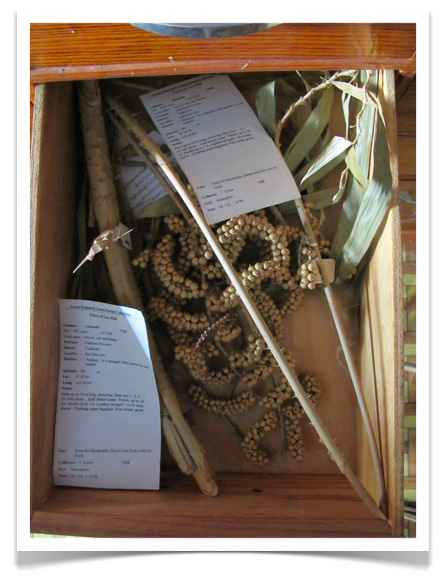Abhaya Mudrā
 Tuesday, June 14, 2011 at 9:48AM
Tuesday, June 14, 2011 at 9:48AM 
The abhaya mudrā, a gesture of peace and benevolence produced by raising the hands to shoulder height with the palms facing outward, is portrayed on many Buddhist statues in Laos. According to tradition, the Buddha made this gesture immediately after obtaining enlightenment. To Western eyes, this gesture is strangely reminiscent of the response to a police admonition to "put your hands up". [NOTE: A similar gesture is used a lot by New Yorkers to sidestep responsibility for a comment, e.g. "I'm just saying...".]













